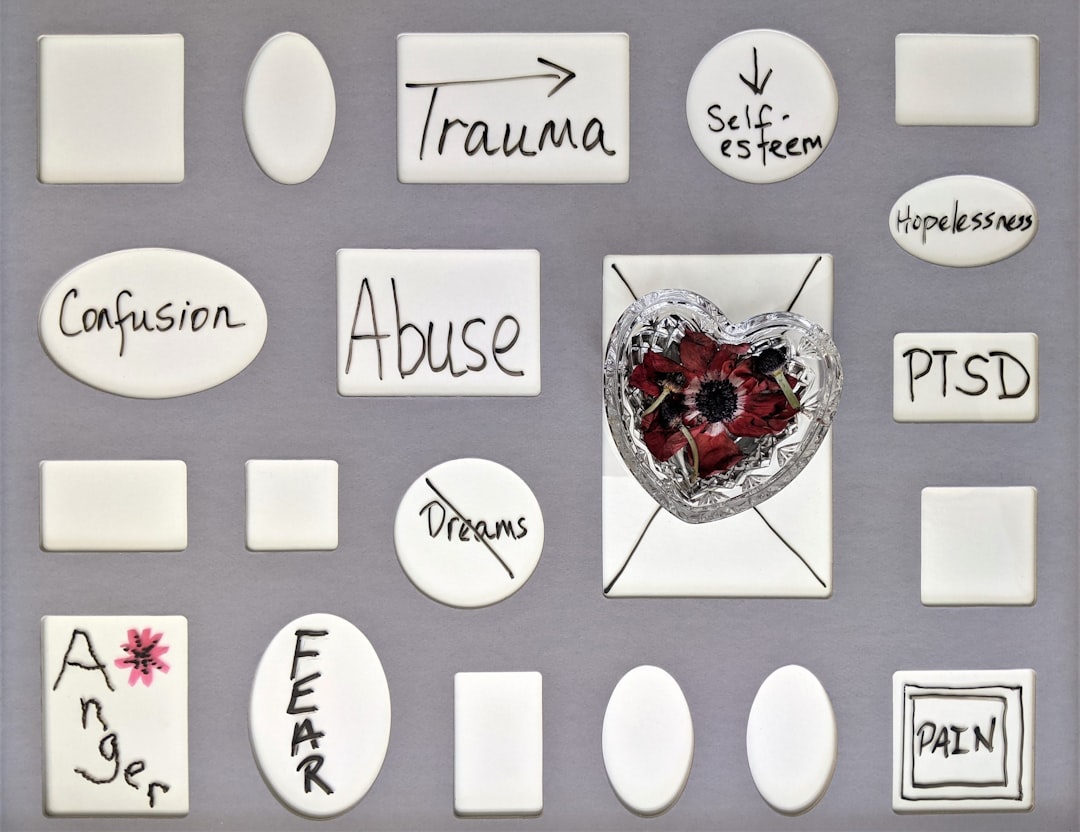What is it about?
We had veterans with posttraumatic stress disorder do yoga for 10 weeks. We measured their traumatic stress symptoms and brain functioning before and after they did the yoga to see if it worked. We also asked them what they thought of yoga. In our study, we found out that their depression and trauma symptoms decreased and their brain functioning (response inhibition) improved. These findings are promising and have inspired further research.
Featured Image

Photo by Dave Contreras on Unsplash
Why is it important?
Veterans have expressed a desire for new ways to address their posttraumatic stress disorder (PTSD) that doesn't involve taking medication and doesn't require them to talk about painful memories and events. Many veterans also have difficulty feeling safe and comfortable in their own skin and yoga offers a path to re-establishing a connection with one's body. We found that yoga helped them in the ways we thought it might. The veterans also said that they really enjoyed yoga and wanted more of it available to them.
Perspectives
By practicing yoga, we can learn to make connections to things in ourselves and to connect with people and the world around us. PTSD has a way of causing people to disconnect, so yoga is a beautiful path back from that isolation and pain. As we open ourselves to more paths to healing, more paths will emerge and yoga is one of them.
Belle Zaccari
VA Portland Health Care System
Read the Original
This page is a summary of: Yoga for veterans with PTSD: Cognitive functioning, mental health, and salivary cortisol., Psychological Trauma Theory Research Practice and Policy, November 2020, American Psychological Association (APA),
DOI: 10.1037/tra0000909.
You can read the full text:
Resources
Contributors
The following have contributed to this page










